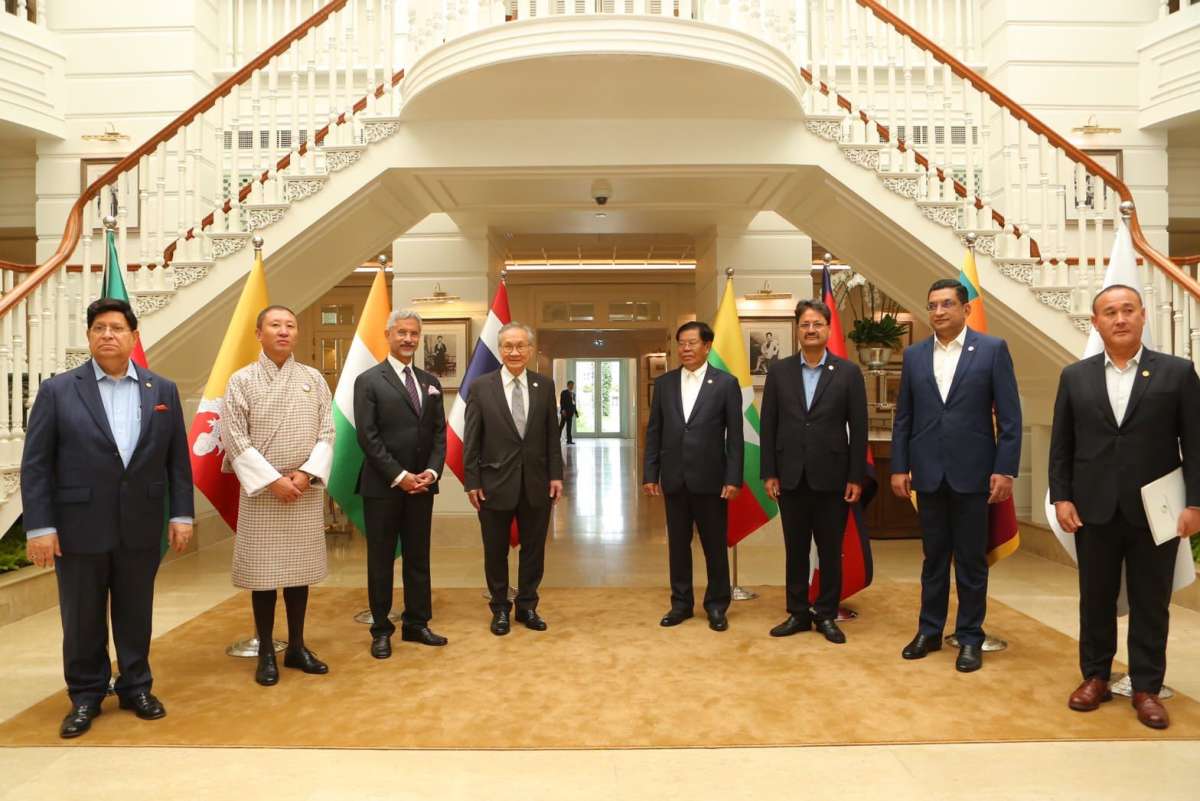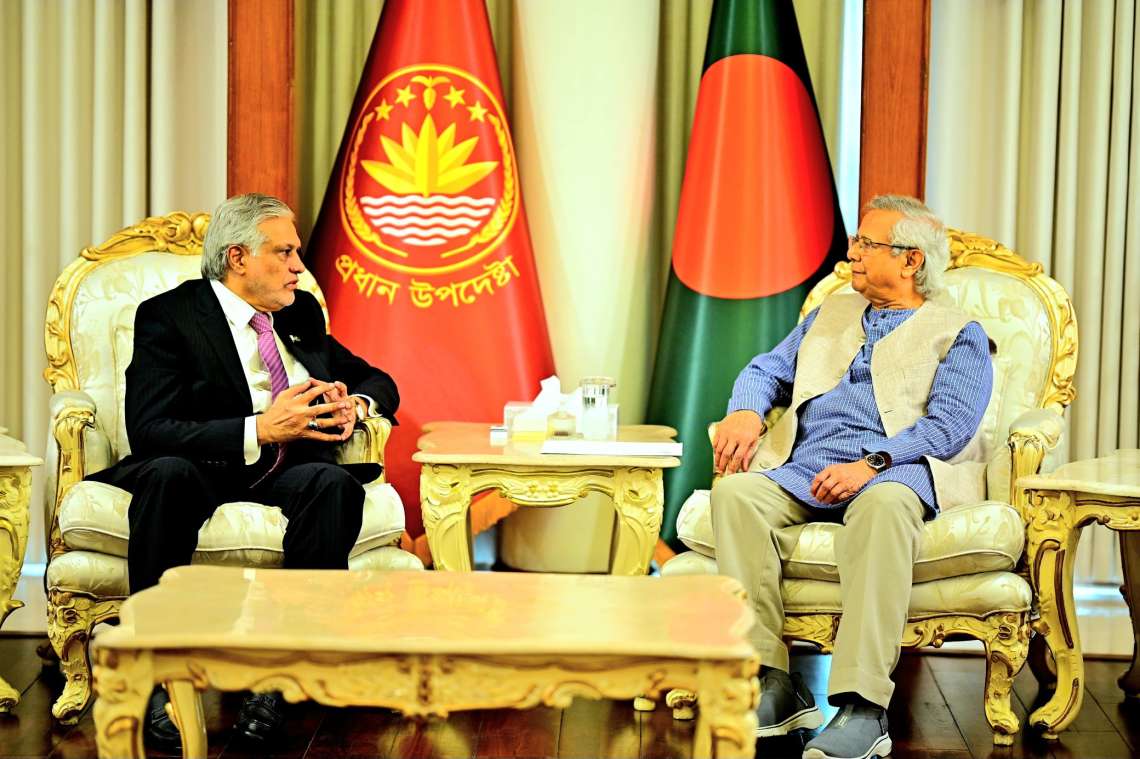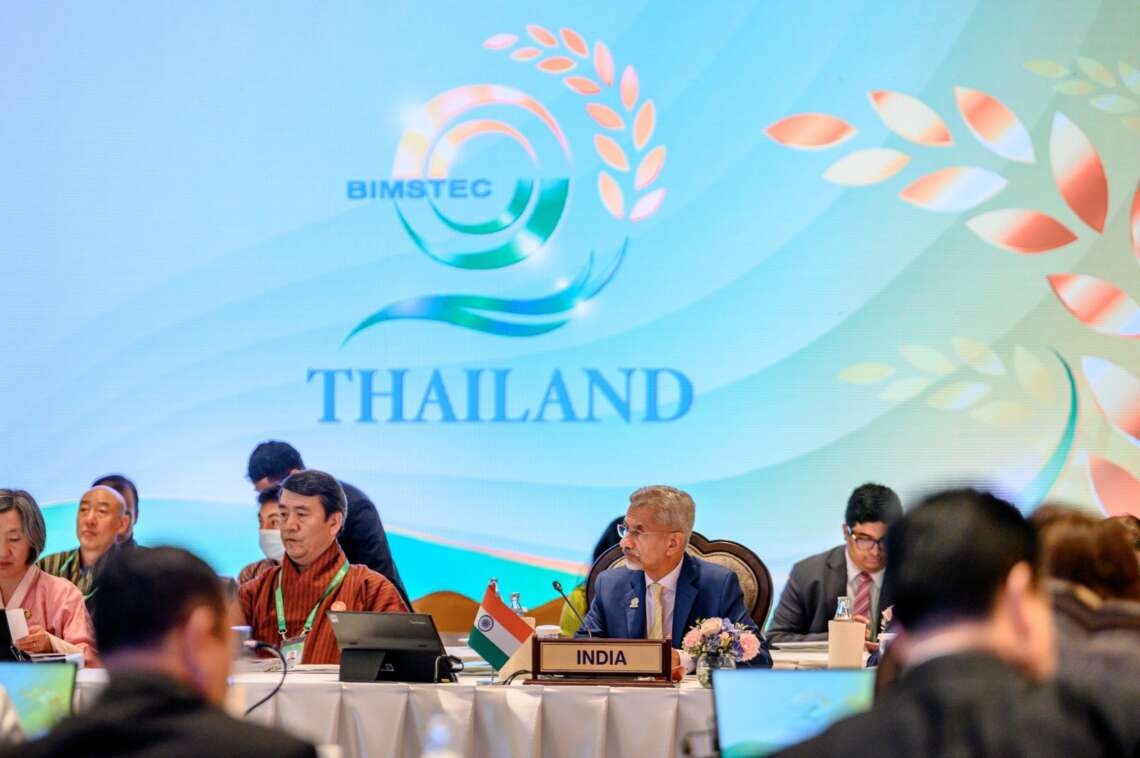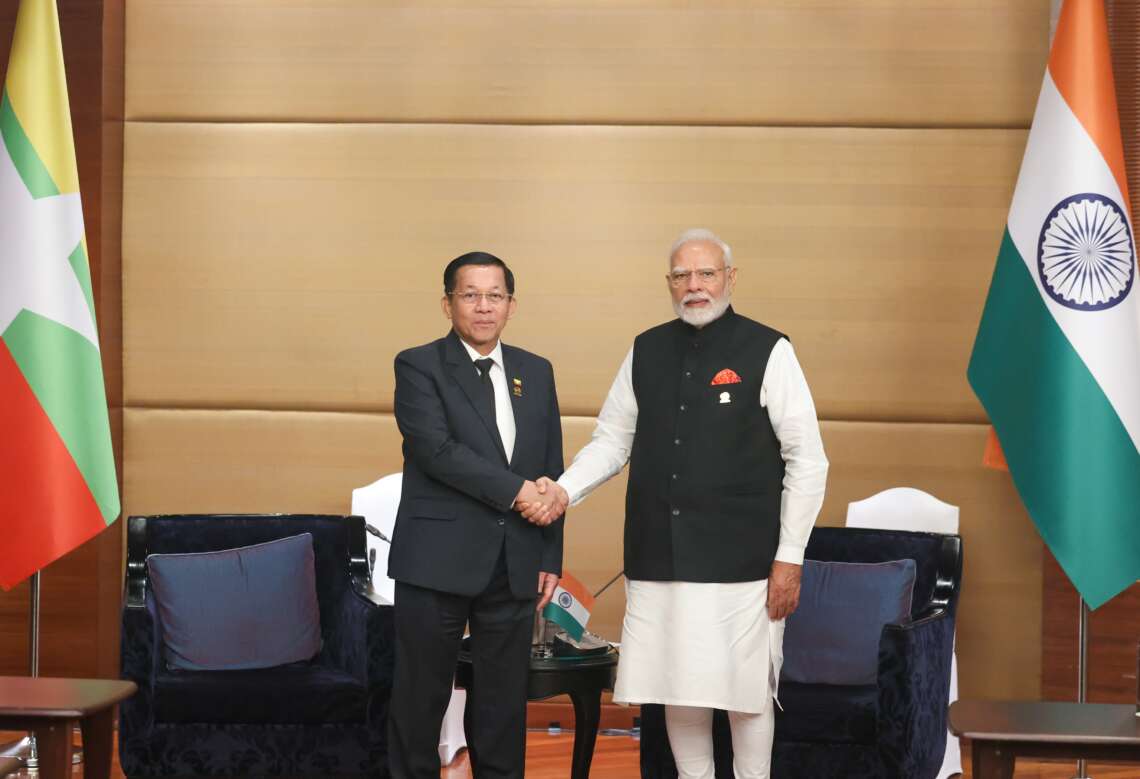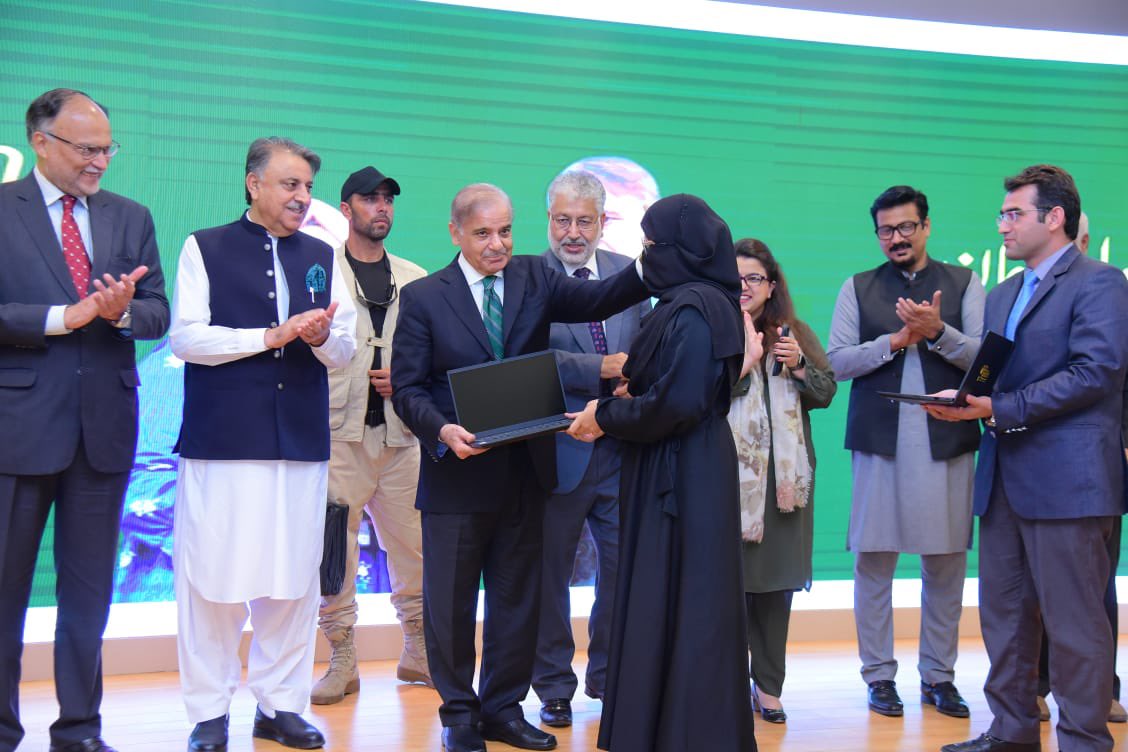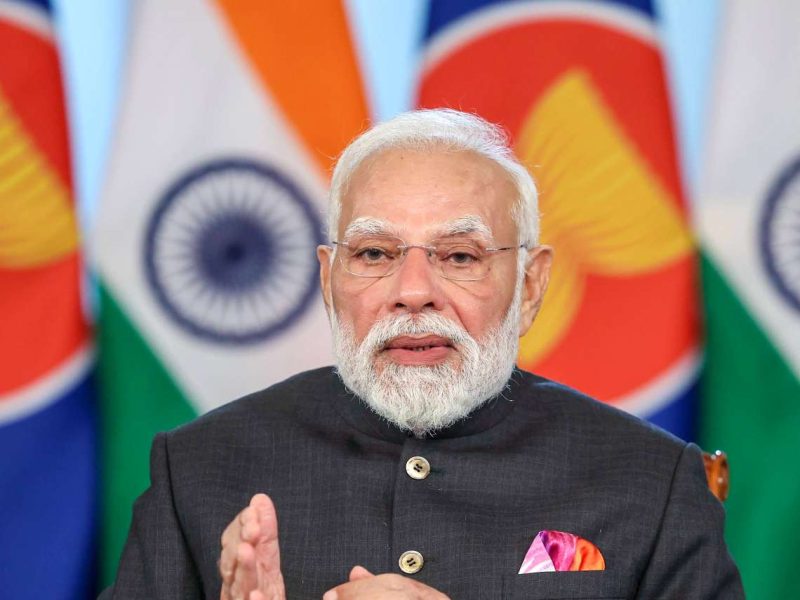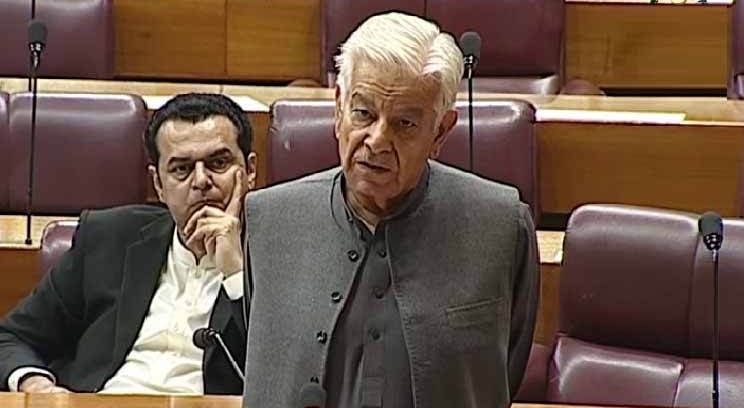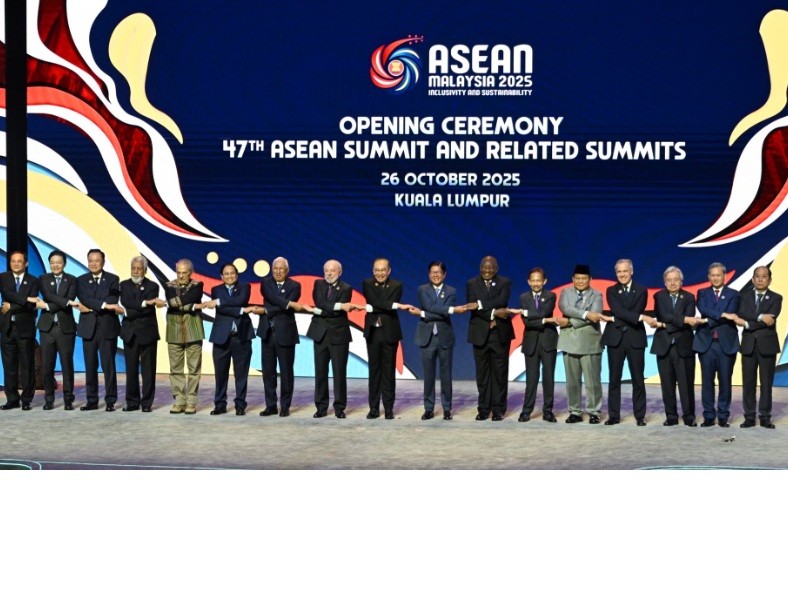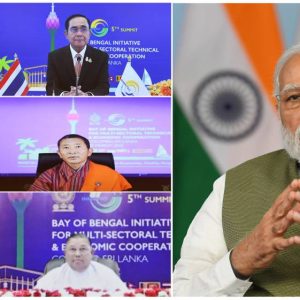Nepal, Bangladesh, Bhutan, India and Sri Lanka from South Asia and Thailand and Myanmar from the South-East Asian region have initiated the study on feasibility of BIMSTEC grid connectivity, writes Prithvi Shrestha
The countries associated with Bay of Bengal Initiative for Multi-Sectoral Technical and Economic Cooperation (BIMSTEC) come from South and South East Asian regions but they have aspirations to be inter-connected with electricity transmission lines.
Nepal, Bangladesh, Bhutan, India and Sri Lanka from South Asia and Thailand and Myanmar from the South-East Asian region are represented in the inter-regional grouping—BIMSTEC.
Some of these countries are bilaterally connected with the power transmission lines but no regional or inter-regional transmission line has been realised yet among these countries.
Now, these countries have initiated the study on feasibility of BIMSTEC grid connectivity. “The Asian Development Bank (ADB) has been given the task of carrying out technical evaluation of power grid infrastructure in each member countries,” Dirghyu Kumar Shrestha, chief of transmission directorate at Nepal Electricity Authority (NEA), the state-owned entity with monopoly in power grid infrastructure in the Himalayan country. “The task was handed over to the ADB about five months ago. It has been mandated to present its report within six to one year.”
According to him, the member countries will be required to provide data for the ADB study. The BIMSTEC countries have formed a BIMSTEC Grid Connectivity Coordinating Committee under which study is being undertaken, according to Nepal’s energy officials.
According to the joint statement issued after third meeting of the BIMSTEC energy ministers in Kathmandu in April last year, the ministers approved establishment of the BIMSTEC Grid Interconnection Coordination Committee to implement the provisions of the Memorandum of Understanding (MoU) for establishment of the BIMSTEC Grid Interconnection and its Terms of Reference (ToR) signed by the BIMSTEC countries.
The ministers had also directed the coordination committee to conclude the BIMSTEC Grid Interconnection Master Plan Study with the support of ADB at the earliest.
In August 2018, the countries in the group had signed the MoU for the establishment of the BIMSTEC Grid Interconnection which entered into force in April 2019.
As per the MoU, BIMSTEC countries agreed to develop grid connectivity for power trade to provide reliable, secure and economic electricity supply. They also agreed to develop a transmission tariff framework for trading of electricity among the member countries.
The initiative is in tune with efforts to enhance the sub-regional connectivity among Bangladesh, Bhutan, India and Nepal (BBIN) and BIMSTEC region, including in the area of energy.
Unsurprisingly, Nepal, India and Bangladesh are working to sign a tripartite agreement to enable export of 40MW of power to Bangladesh from Nepal through Indian territory as part of sub-regional cooperation, according to Nepali officials. During the visit of Nepal’s Prime Minister Pushpa Kamal Dahal to India in May-June, New Delhi agreed to facilitate export of power from Nepal to Bangladesh through the existing transmission infrastructure of India.
The India Narrative earlier reported that negotiation on tariff between Nepal and Bangladesh remains to be concluded.
Despite the aspiration for grid integration among BIMSTEC, several challenges remain. According to a report ‘BIMSTEC Energy Outlook-2035’ prepared by the US-funded South Asia Regional Initiative for Energy Integration (SARI/EI) in 2021, the energy trade infrastructure between South Asia and SouthEast Asia remains weak.
Within BIMSTEC, power grid interconnections are currently operational between India and Nepal, India and Bangladesh, India and Bhutan and Myanmar and Thailand.
There is an 11kV line from India, which supplies power to Myanmar’s border town of Tamu. However, the quantum of supply is very low, usually limited to a maximum of 3MW, the report says. Similarly, Tachileik, a town on the Myanmar border is supplied with electricity from Chaing Rai in Thailand.
Consequently, power grid interconnections in BIMSTEC are planned to be strengthened and expanded. Nepal and India currently have a single cross border power line with capacity of 1,000MW while four high capacity cross border power lines have been planned.
According to the report, two 400kV cross border power lines have been planned between Bhutan and India and a 765kV power line between India and Bangladesh is also in the pipeline.
There is a plan to construct an overhead transmission line, from Madurai in India to Anuradhapura in Sri Lanka, with a planned capacity of up to 1000 MW.
Sri Lankan Power and Energy Minister, Kanchana Wijesekara wrote on twitter on June 5 that regional energy integration with grid connectivity between Sri Lanka and India will be implemented by 2030.
Thailand and Myanmar had signed a MoU on energy in July 1997 in order to develop a partnership to purchase 1500 MW of electricity from Myanmar. However, the MoU expired in 2010 without any progress on the planned projects.
Grid connectivity in the BIMSTEC region, according to the SARI/EI report, will provide access to cheaper and diverse power sources. With cross border electricity trade, it becomes possible for countries to access cheaper generation sources in neighbouring countries.
“Regional energy cooperation allows BIMSTEC member states with surplus electricity to sell to other Member States that require such energy, in a commercially profitable manner,” the report says.
Due to the difference in time zones, there is a diversity in the exact time of peak demand among the BIMSTEC member states. “This offers the possibility of meeting peak demand with less peak generation capacity coupled with cross border electricity trade, instead of each country trying to meet peak demand entirely on its own,” the report says.
However, they have a long way to go before benefiting from grid connectivity as even bilateral grid connectivity between the member countries has not been robust. “Once India and Sri Lanka are connected with the grid, a mechanism can be developed where Nepal can sell the power to Sri Lanka,” said Shrestha, chief of transmission directorate at NEA. “Nepal can deliver a certain quantity of power to India while India can provide equivalent power to Sri Lanka from an Indian power substation close to Sri Lanka.”
According to Nepali officials and experts, India has a big role to play to facilitate the electricity trade among the BIMSTEC members as it is the biggest market for power and a big territory sitting in the middle of member countries which has to make its transmission infrastructure available to ensure trading of power among the member countries.
“While the member countries need to build high capacity transmission lines to enable large scale trading of power, creating an enabling environment for small scale transmission of power through the existing infrastructure is necessary to build confidence among the member countries that trading of large scale power is feasible,” Sher Singh Bhat, vice-chairperson of Nepal Energy Foundation, a non-government organisation working in the field of access to energy told India Narrative.
He added: “When power trade starts to take place even in limited quantum and legal hurdles are relaxed, it will also give boost to the efforts to invest more in transmission connectivity”.


